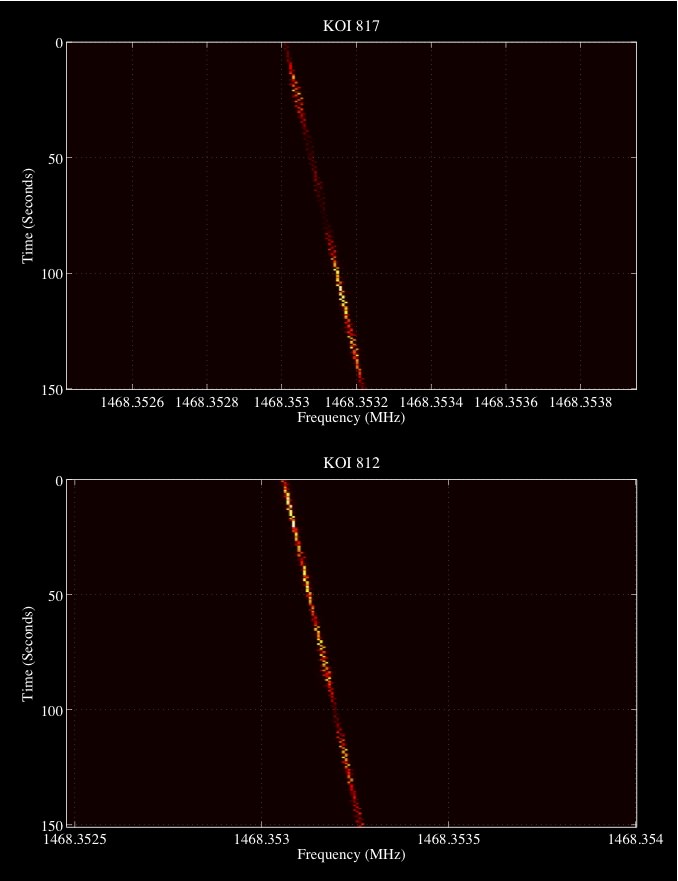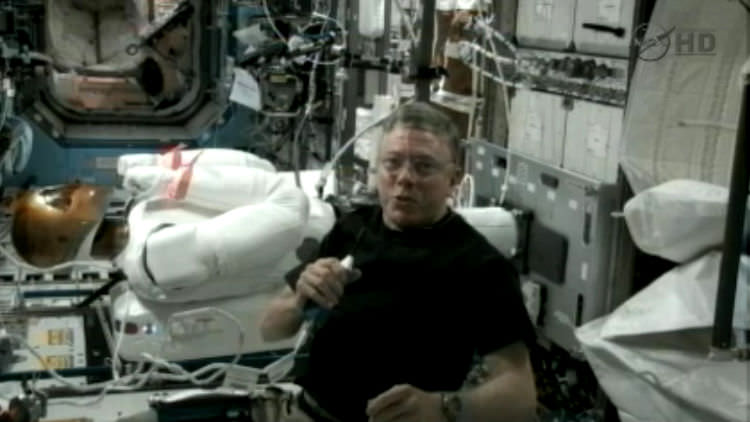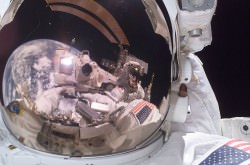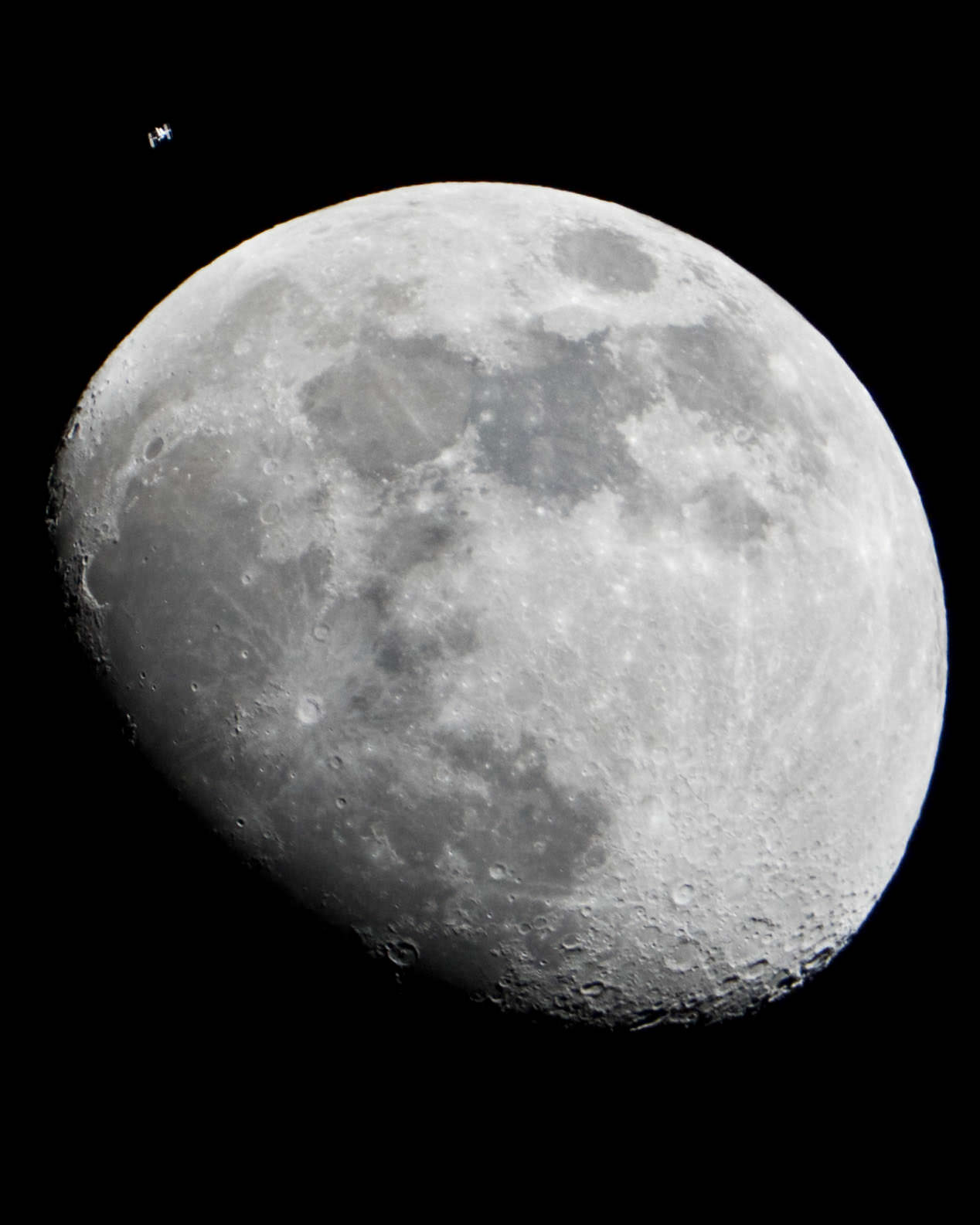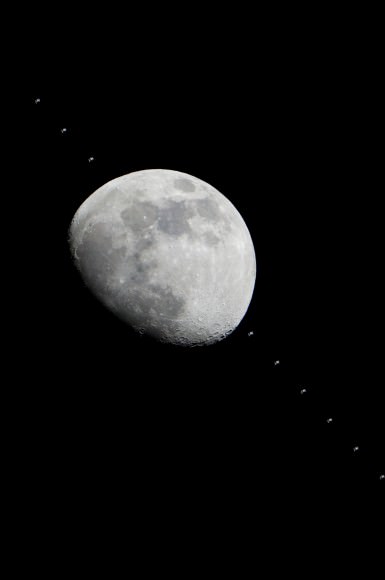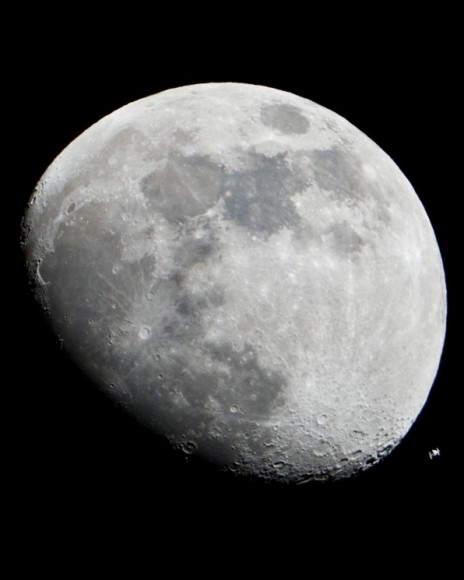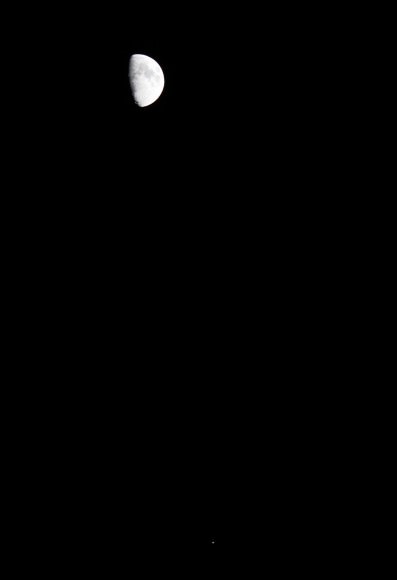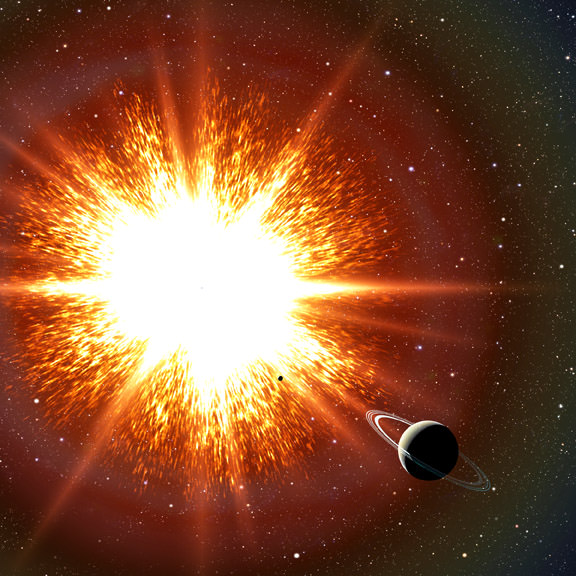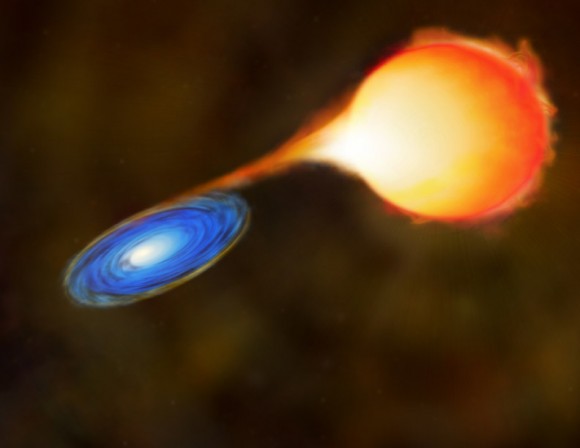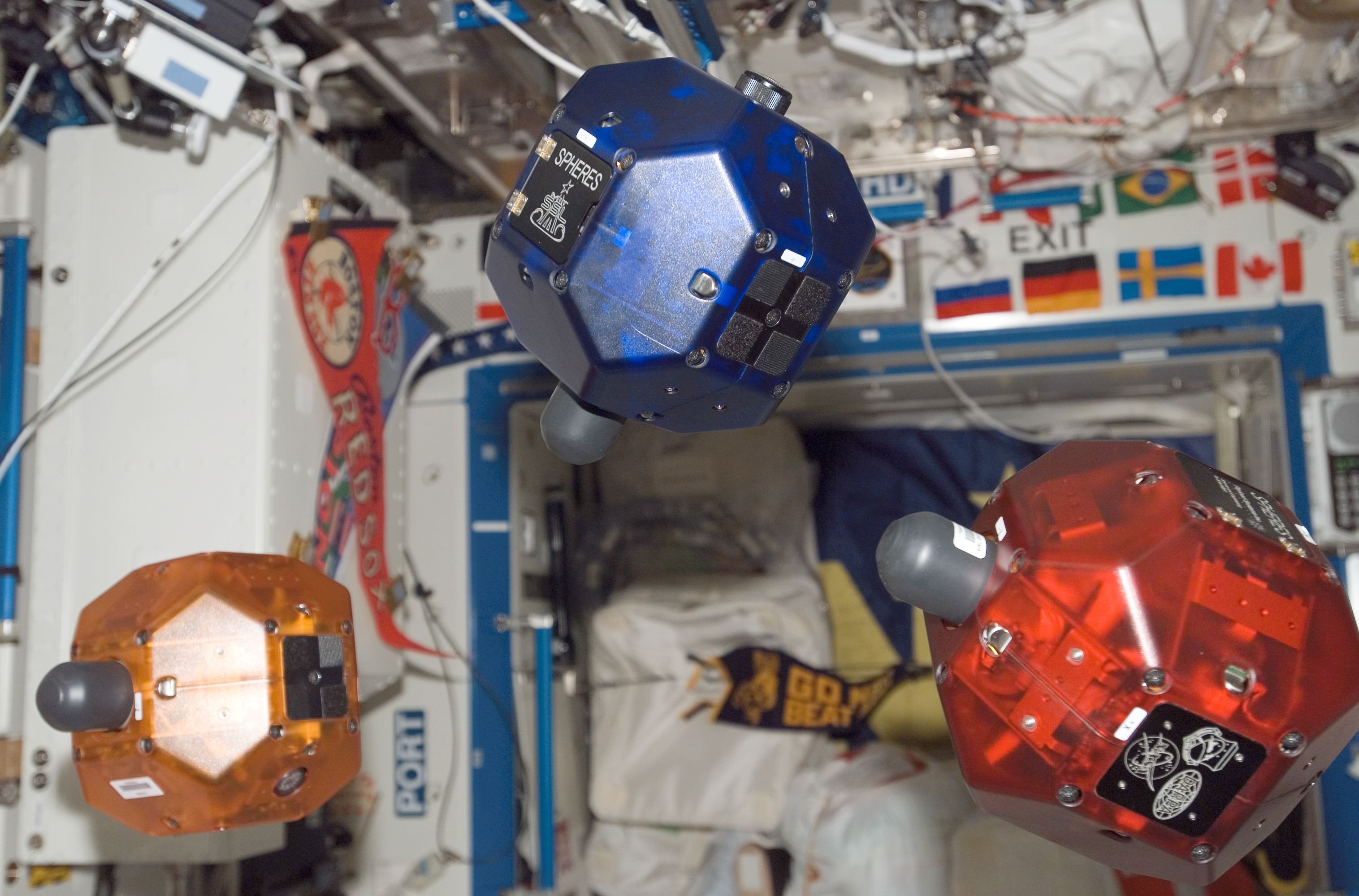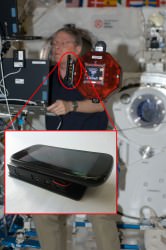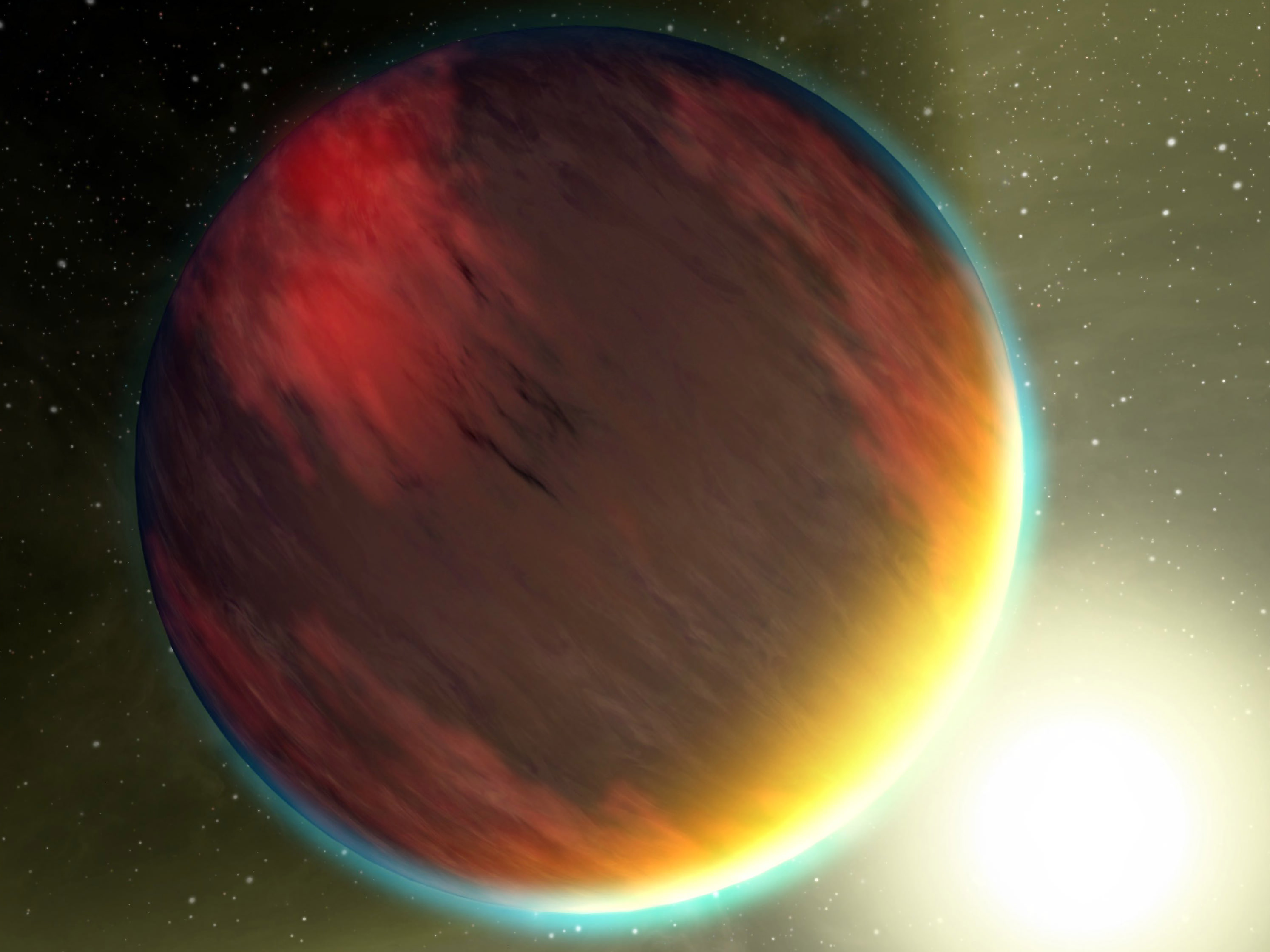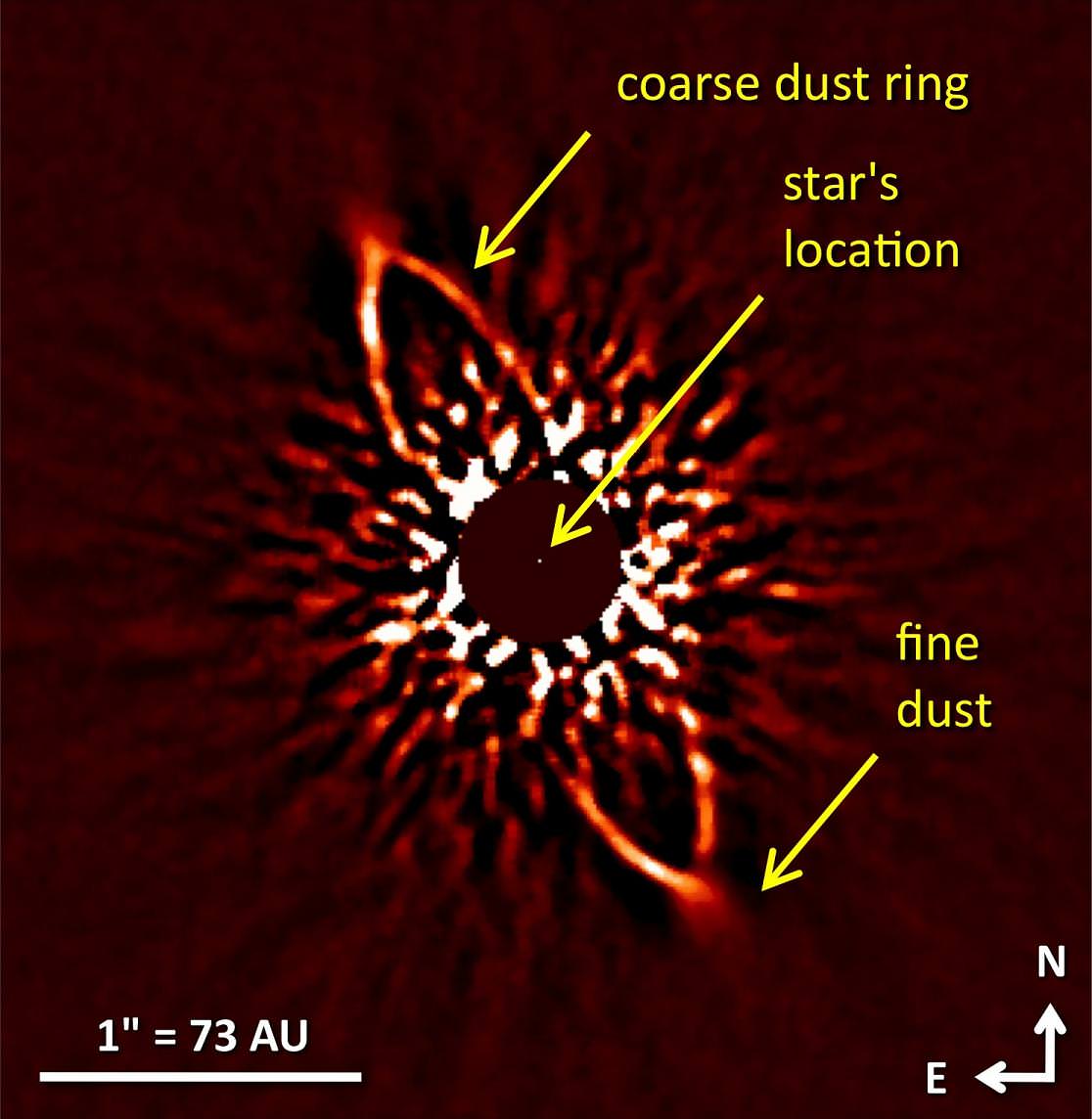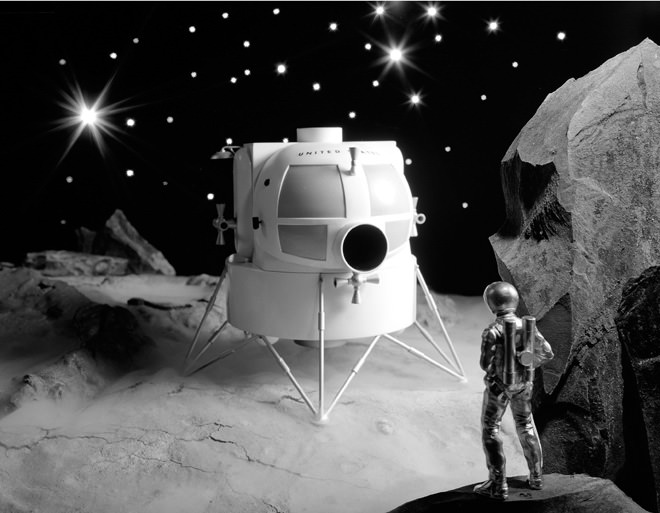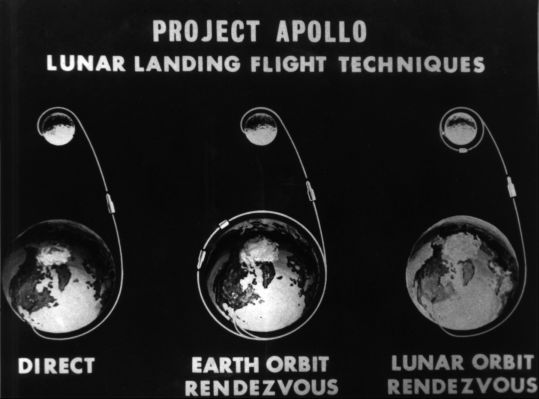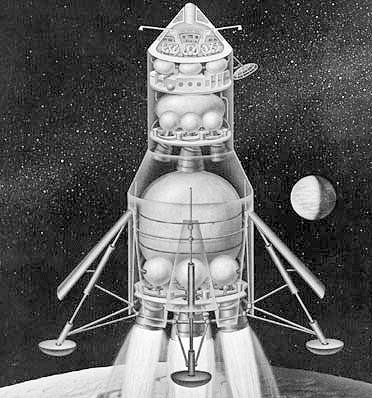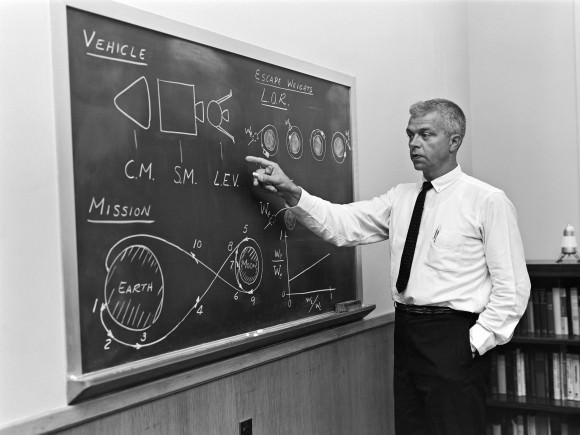[/caption]
As the Kepler space telescope begins finding its first Earth-sized exoplanets, with the ultimate goal of finding ones that are actually Earth-like, it would seem natural that the SETI (Search for Extraterrestrial Intelligence) program would take a look at them as well, in the continuing search for alien radio signals. That is exactly what SETI scientists are doing, and they’ve started releasing some of their preliminary results.
They are processing the data taken by Kepler since early 2011; some interesting signals have been found (a candidate signal is referred to as a Kepler Object of Interest or KOI), but as they are quick to point out, these signals so far can all be explained by terrestrial interference. If a single signal comes from multiple positions in the sky, as these ones do, it is most likely to be interference.
They do, however, also share characteristics which would be expected of alien artificial signals.
A couple of examples are from KOI 817 and KOI 812. They are of a very narrow frequency, as would be expected from a signal of artificial origin. They also change in frequency over time, due to the doppler effect – the motion of the alien signal source relative to the radio telescope on Earth. If a signal is found with these characteristics but also does not appear to be just interference, that would be a good candidate for an actual artificial signal of extraterrestrial origin.
These are only the results of the first observations and many more will come during the next weeks and months.
Looking for signals has always been like looking for a needle in the cosmic haystack; until now we were searching pretty much blind, starting even before we knew if there were any other planets out there or not. What if our solar system was the only one? Now we know that it is only one of many, with new estimates of billions of planets in our galaxy alone, based on early Kepler data. Plus the fact that the majority of those are thought to be smaller, rocky worlds like Earth, Mars, etc. How many of them are actually habitable is still an open question, but finding them narrows down the search, providing more probable actual targets to turn the radio telescopes toward instead of just trying to search billions of stars overall.
All twelve signal examples so far can be downloaded here (PDF).

